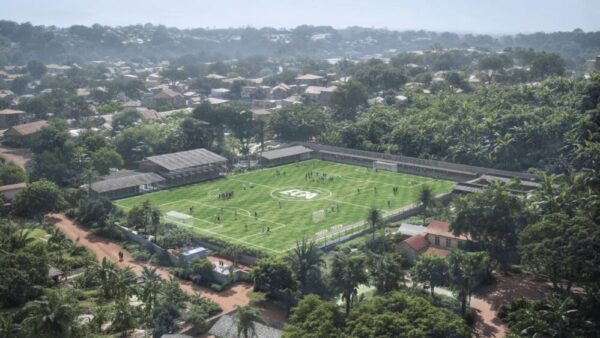A team from Japan’s Tohoku University has found an economical way to improve the properties of “shape-memory” metals, so called for their ability to spring back after being deformed.
The method could allow the mass production of such metals for applications such as earthquake-resistant construction materials.
Most metals are made of a large number of crystals but, in some cases, their properties improve when they are formed of a single crystal. However, single-crystal metals are expensive to produce. Â
The Tohoku team has developed a method that takes advantage of “abnormal grain growth”. This allows a metal’s multiple grains, or crystals, to grow irregularly, some at the expense of others, when exposed to heat.
The team’s technique involves several cycles of heating and cooling that result in a single-crystal metal bar 70cm in length and 15mm in diameter. This is larger than current shape-memory bars, making it suitable for building and civil engineering applications.
To produce the large single-crystal bar, an alloy is heated to 900°C then cooled to 500°C, five times. This is followed by four cycles of heating to 740°C then cooling to 500°C. Finally, the metal is heated one last time to 900°C.
The alloy used is made of copper, aluminium and manganese, which is a well-known shape-memory combination that is easy to cut with machines.
Increasing the size of the material’s crystals greatly enhances its elasticity. Altering its shape also makes it stronger. These combined features make it useful for withstanding earthquakes.
Tohoku researchers said: “Since the present technique is advantageous for the mass-production of single crystals because of the simplicity of the process, this finding opens the way for applications of shape memory single crystals for structural materials, such as for seismic applications in buildings and bridges.”
Image courtesy of Tohoku University






